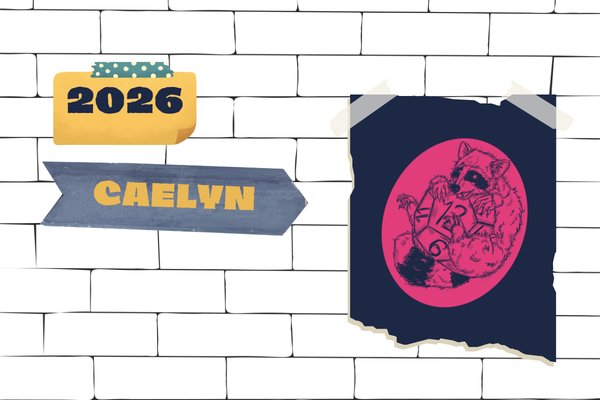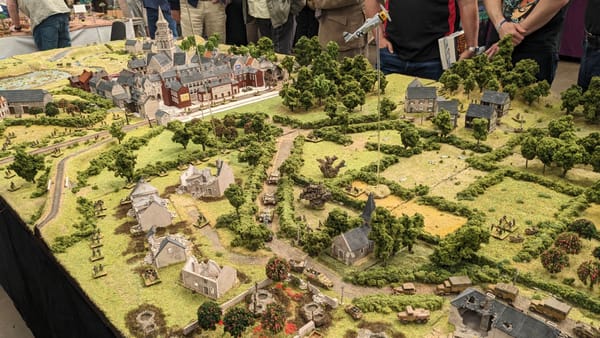Starfinder: Afterlight wants to take the science-fantasy RPG digital without losing its heart
Seems like Mass Effect in cRPG format.

Translating tabletop RPG to video game seems a bit like tightrope walking. You bring some elements of the physical game — a familiar cast, the ruleset, or even the tactility of playing — to the digital experience, while adding some distinctly video game-y flourish: real-time combat or strategy, or even a little fast-paced, first-person shooting. After all, this is one way to introduce new video game fans to the original series, while still acknowledging the RPG’s tabletop players.
Starfinder: Afterlight is another adaption in this vein: an upcoming video game based on Paizo’s Starfinder RPG, featuring fantasy races such as gnomes, dwarves, and elves engaging in operatic space battles. Developers Epictellers Entertainment say Afterlight is “Divinity: Original Sin meets Guardians of the Galaxy”, according to its Kickstarter page, and will feature turn-based combat set within Starfinder’s three-action system. “Epictellers are translating the Pathfinder 2/Starfinder 2 rules engine to Godot as faithfully as possible, with the same classes, skills, abilities, and actions — but instead of a cooperative game requiring a group of people each playing a character and a GM to coordinate the rules and story, Afterlight is a solo version of Starfinder in which you control a party of characters by yourself,” said Jenny Jarzabski, creative manager of Starfinder at Paizo, in an email to Rascal.
Details on the game are still scant at the moment, which makes Afterlight feel like yet another space opera, akin to Mass Effect, set within the long-established cRPG framework: there are crew members to romance, oodles of alien gear to collect, and a branching narrative that’s influenced by player choice. The co-founders of Epictellers themselves, Ricard Pillosu and Albert Jane, have told us over email that they were chiefly influenced by Larian Studio’s storytelling and Owlcat Games’ production values. Larian Studio is the developer of Divinity series and Baldur’s Gate 3, while Owlcat is most known for its series of RPG-turned-cRPGs, including Pathfinder: Kingmaker and the more recent Warhammer 40,000: Rogue Trader. That said, they add that Afterlight is also named after an in-game, Eoxian legend called “The Afterlight”, which is prophesied to destroy the galaxy if it passes. “Without spoiling too much, you know that it is going to happen soon, and you need to prevent it. You land on the planet Akiton and must recruit a crew to try and stop it from happening,” they said.

What may mark Afterlight as a different sort of space opera, however, is the aforementioned three-action system, a structure that Epictellers is trying to adapt as faithfully as possible to their game. “There are some feats and rules that are very complex to add and would cascade into hundreds of new animations. For most of these, we are making adjustments to keep scope under control while staying as true to the ruleset as possible.” The intricacies of the Starfinder 2E system — and its fantasy sibling Pathfinder 2E — is distinct from that of Dungeons & Dragons and allows players to make three actions per turn, whether that’s casting a spell, shooting a blaster, or moving across an alien landscape. The result is a much more modular, strategic combat experience in its tabletop form. But I’m not so sure if this structure translates to anything dramatically different within the cRPG and turn-based combat space in video games, with the lack of details on actual gameplay in Afterlight giving me pause.
What’s curious though, is that Pillosu and Jane have pitched Afterlight to Paizo just as the tabletop publisher was crafting Starfinder 2E, which was released earlier this year. Eventually, Paizo offered the developers early access to their materials at that time. “Paizo designed the rules and lore of Starfinder, but Epictellers translated them into Godot and added their own characters and concepts — like a new holiday on Akiton celebrating a mythological dragon hatching from a volcano, to name one,” said Jarzabski. “Afterlight is a brand new story with original characters created by Epictellers that they started working on back when they were just fans of Starfinder hoping to pitch a video game adaptation.”
Afterlight is also named after an in-game, Eoxian legend called “The Afterlight”, which is prophesied to destroy the galaxy if it passes.
It seems that Epictellers may have a hand in, to an extent, influencing the design of Starfinder 2E, with Jarzabski adding that they had been “tinkering around under the hood of the rules system”. If true, Afterlight and Starfinder 2E would share a creative relationship unique within the tabletop hobby. “The devs ask questions that have helped us catch errors and write future errata, and the writers give us ideas for enhancing the existing setting.”
The digital fruits of that relationship remain unknown, for now: a demo of Afterlight has been shared at the Barcelona Game Fest in early October, but there isn’t a public demo available at the moment. Epictellers is planning to release the game as an early access title in 2026.





